- In the early twentieth century, the look popularized by the Gibson Girl was fashionable.[54] The upper part of women’s dresses in the Edwardian era included a “pigeon breast” look that gave way to a corseted waist and an s-shaped silhouette.[54] Women called their dresses “waists” if one-piece, or “shirtwaists,” if it consisted of a skirt and a blouse.[55] The bodice of the dresses had a boned lining.[55] Informally, wealthy women wore tea gowns at home.[56] These garments were looser, though not as loose as a “wrapper,” and made of expensive fabric and laces.[56]
By 1910, the Edwardian look was replaced with a straighter silhouette.[57] French designer, Paul Poiret, had a huge impact on the look of the time.[57] Designs developed by Poiret were available in both boutiques and also in department stores.[58] Popular dresses of the time were one-piece and included lingerie dresses which could be layered.[59] At around the same time, in the United States, the American Ladies Tailors’ Association developed a dress called the suffragette suit, which was practical for women to work and move around in.[60][61] Another innovation of the 1910s was the ready availability of factory-made clothing.[62]
Waistlines started out high and by 1915 were below the natural waist.[59] By 1920, waistlines were at hip-level.[59] Between 1910 and 1920 necklines were lower and dresses could be short-sleeved or sleeveless.[63] Women who worked during World War I preferred shorter dresses, which eventually became the dominant style overall.[37] In addition to the shorter dresses, waistlines were looser and the dominant colors were black, white and gray.[64]
By 1920, the “new woman” was a trend that saw lighter fabrics and dresses that were easier to put on.[65] Younger women were also setting the trends that older women started to follow.[65] The dresses of the 1920s could be pulled over the head and were short and straight.[66] It was acceptable to wear sleeveless dresses during the day.[66] Flapper dresses were popular until end of the decade.[67]
During World War II, dresses were slimmer and inspired by military uniforms.[41] After WWII, the New Look, promoted by Christian Dior was very influential on fashion and the look of women’s dresses for about a decade.[68]
Since the 1970s, no one dress type or length has dominated fashion for long, with short and ankle-length styles often appearing side by side in fashion magazines and catalogs.[69]

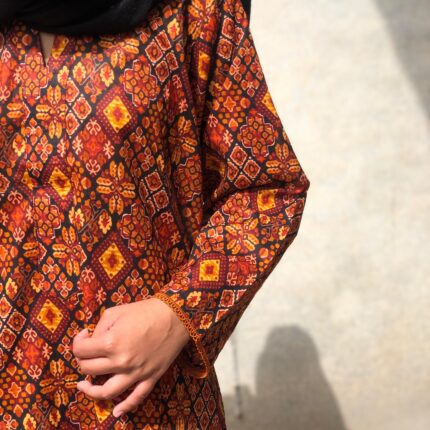
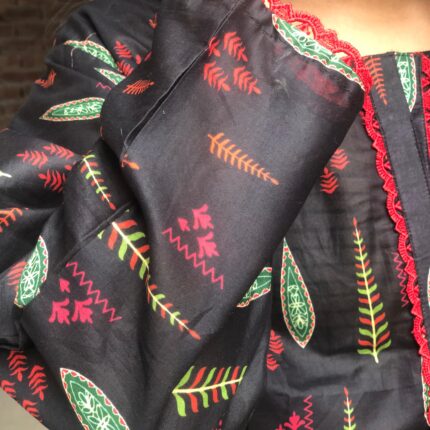








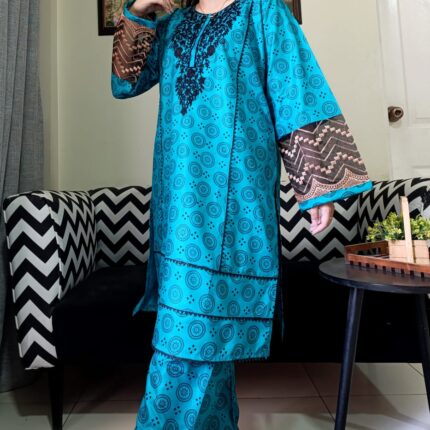
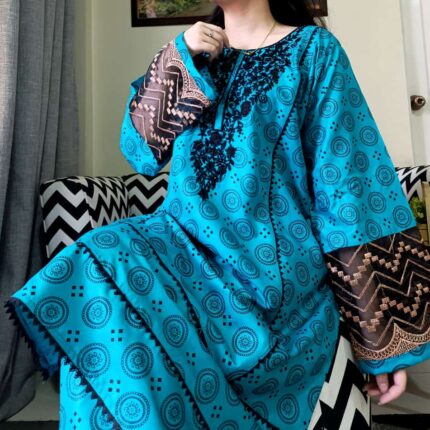
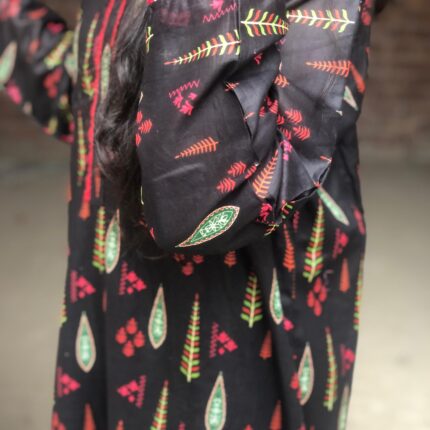


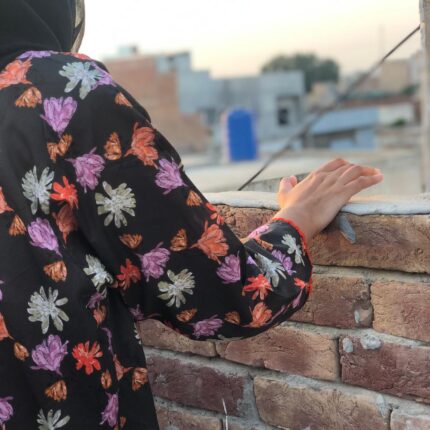



Reviews
There are no reviews yet.